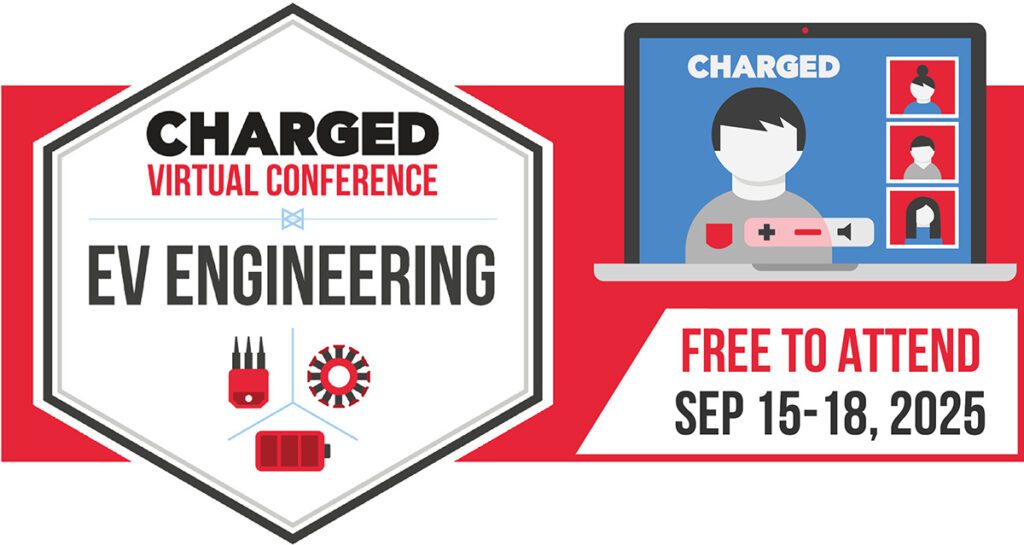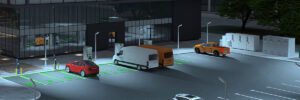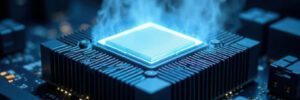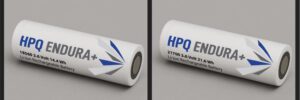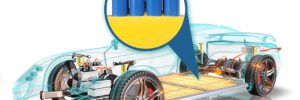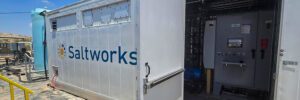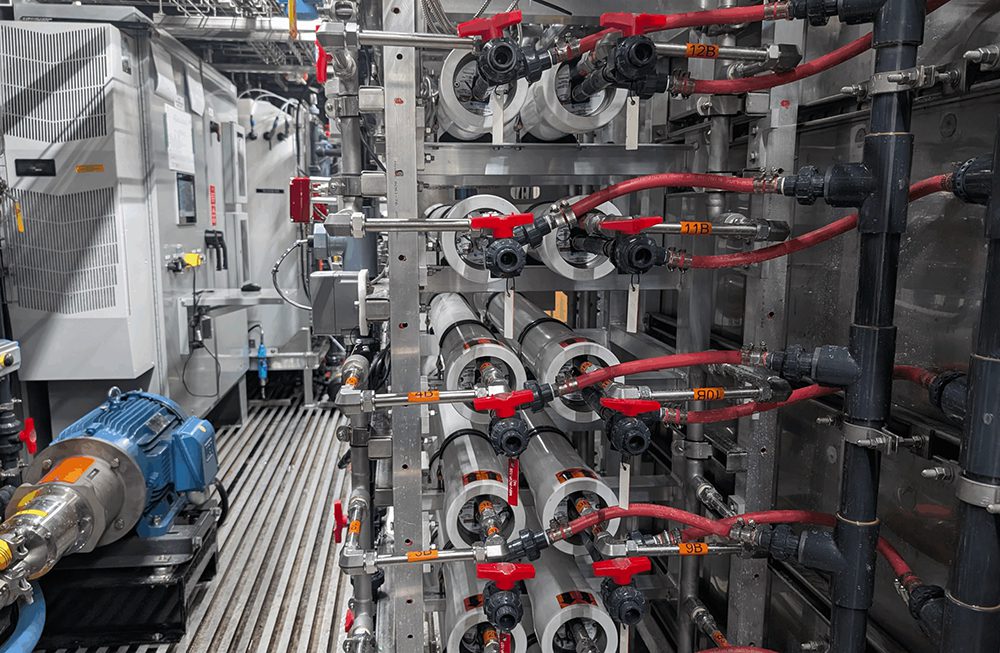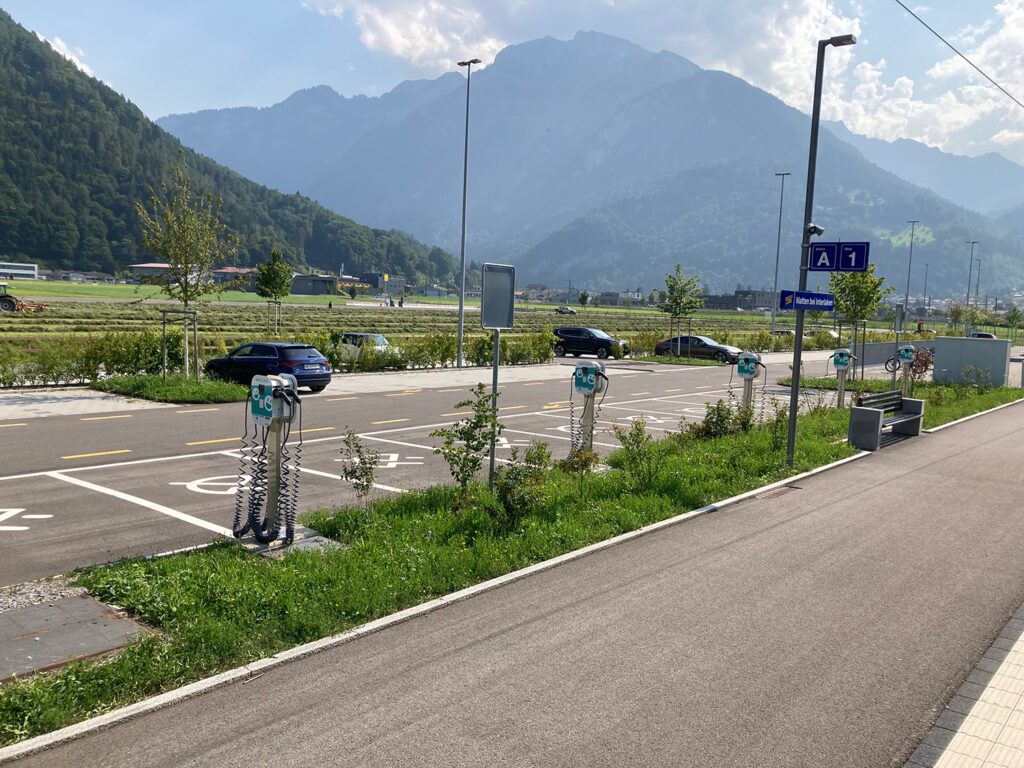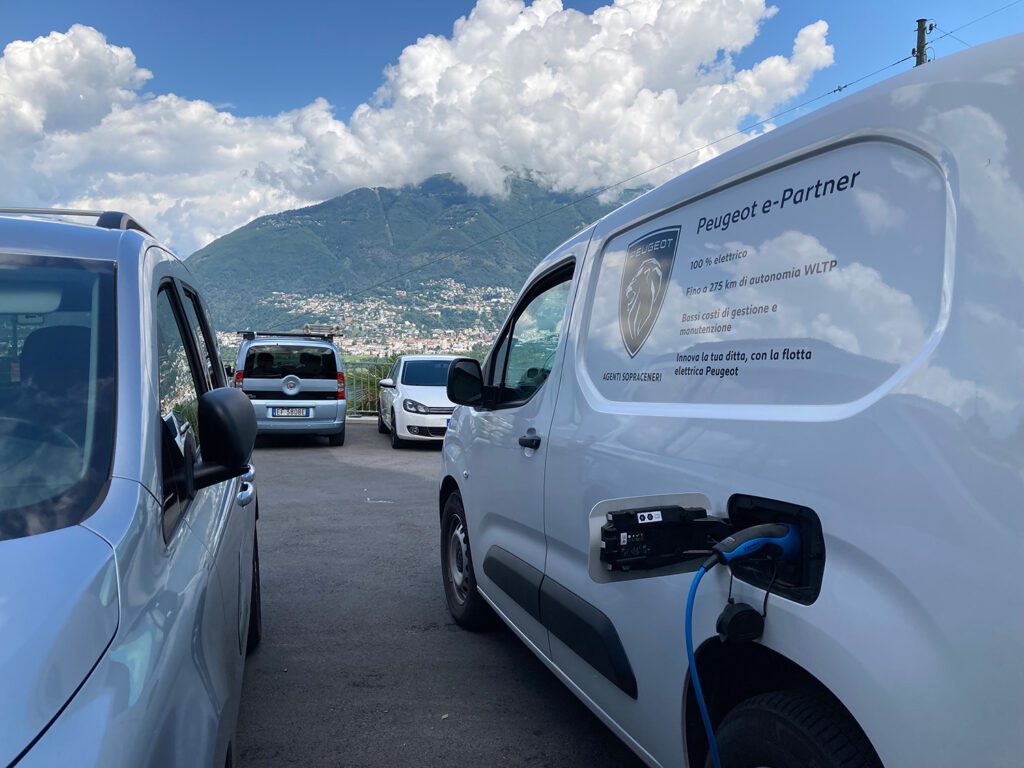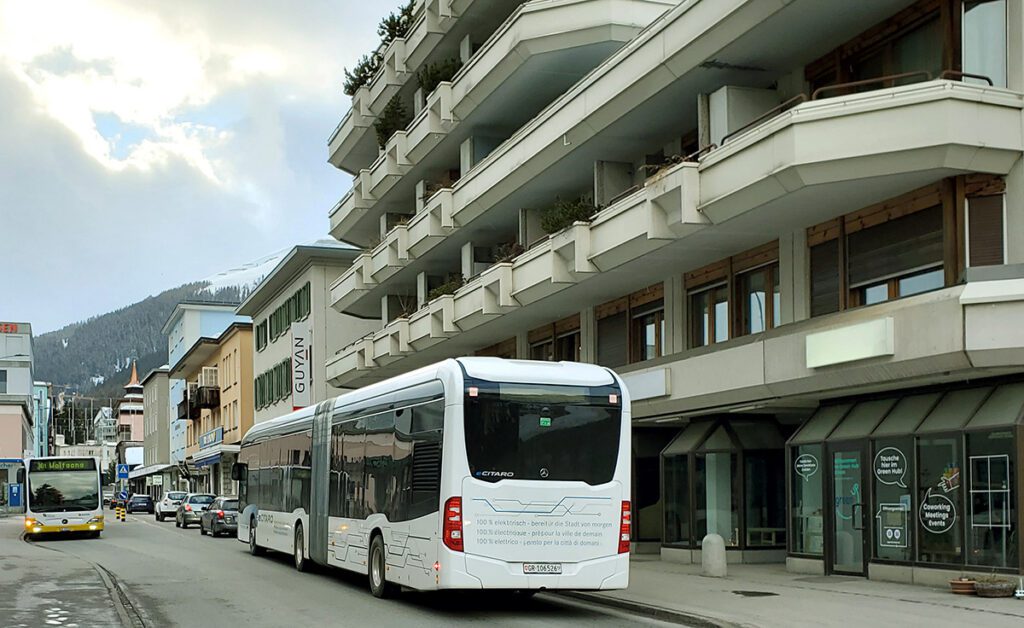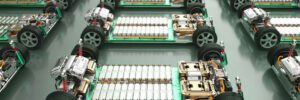As the e-mobility industry continues to revolutionize the way we use EVs and LEVs, one critical question persists for engineers: How can we design a safer battery pack? A recent conversation between Joe Staller, R&D Chemist at Epic Resins, and Luke Workman, Chief Scientist at Electric Goddess, revealed eye-opening insights into material innovations and real-world testing that drive rugged battery pack design strategies.
At the heart of their discussion is the need to treat battery safety as a foundational design element, not an afterthought. When it comes to lithium-ion batteries, the stakes are high. A single malfunctioning cell can trigger thermal runaway—a rapid, uncontrollable rise in temperature and pressure that can result in fires or explosions. For engineers, preventing this isn’t just good design—it’s non-negotiable.
Engineers are faced with the high-pressure challenge to design a low-weight, high-power battery. Need for corrosion and vibration resistance is also essential, as engineers have seen what happens if those are not seriously addressed.
Safety Shouldn’t Be Optional
“Batteries need to be designed with a safety-first mindset,” Luke emphasizes. This attitude shift is crucial. Too often, engineers prioritize weight, energy density, or cost efficiency first, assuming that each component in the pack will perform as expected. But, real-world conditions are rarely perfect. For example, every cell in a battery pack is different, and cell quality defects exist. Whether it’s a manufacturing defect, corrosion, or vibration abuse, the question isn’t if a cell will fail—but how. And when that happens, the material surrounding the battery makes the difference between a planned end-of-life, a minor incident, or a major disaster.
Joe echoed the same caution from a material perspective. “When we design encapsulants or potting materials, we formulate for the most extreme conditions,” he explained. That includes thermal cycling, pressure surges, and flame exposure.
Understanding Thermal Runaway
Thermal runaway can be triggered by overcharging, puncturing, overheating, environmental stress (such as corrosion) or even spontaneous cell defects. Once a single cell begins to vent, the risk to neighboring cells multiplies rapidly. Without proper material protection, the result can be catastrophic.
Luke has seen firsthand what happens when this process goes unchecked. “We’ve done live abuse testing where entire modules went up in seconds,” he said. However, he has also tested systems where non-cellular potting materials and proper designs provide the thermal mitigation. A rugged potting material can mean the difference between a localized event and full-blown thermal runaway propagation.
Joe explains, “The goal is simple but vital: contain, slow and redirect the heat to prevent thermal propagation to adjacent cells”. At Epic Resins, we achieve this through precise polymer formulation. Fillers within the potting material trigger endothermic reactions that absorb and carry heat away from dangerous cell initiations, helping the material self-extinguish. This “buys time” for heat to dissipate and resist combustion before it can spread to neighboring cells. Even if a flame does erupt, our potting and encapsulation materials can help extinguish it, reducing the risk of fire propagation
Choosing the Right Chemistry
So what material should engineers use? The answer, as always, depends on the application.
Polyurethane foams offer a lower weight and cost, but compromise the strength, integrity and thermal performance needed in rugged battery designs. Non-cellular elastomers often strike the best balance between performance and cost, with good thermal and mechanical properties.
“Every application is different,” Joe said. “You have to consider more than just weight—there’s no “one formula fits all” for battery design.” The process starts with fully understanding the application, its operating environment, and testing requirements. Properties like Tg and CTE are dictated by environmental temperatures, while thermal conductivity depends on the type and efficiency of the thermal management system.
For safety, we offer a range of options to mitigate thermal runaway and suppress flames, with our UL 94 V-0 flame-retardant systems. We also account for processing needs such as viscosity and reactivity to meet manufacturing requirements. This multi-step, property-focused approach ensures every solution is precisely matched for reliable, successful performance in the field.
Real-World Testing That Matters
Luke’s lab at Electric Goddess focuses on real-world testing that goes well beyond standard regulated tests. They test to failure, to understand the safety margin and gather valuable data through custom fixturing. This is essential for validating designs for specific applications and making informed material choices before these batteries are used in everyday life.
Manufacturing Considerations
Selecting the right potting material has a significant impact on manufacturing efficiency and product consistency.
Foam potting introduces considerable variability into the process. Its structure is highly sensitive to temperature fluctuations, which can create bubbles or nucleation sites that alter foam density and distribution. Even small day-to-day temperature changes can result in inconsistent fills and potential rework. Additionally, if polyurethane foam is overfilled, it can expand and overflow aggressively. This leads to increased costs with material waste, module loss, extended cleanup time, production downtime and waste disposal.
In contrast, non-cellular elastomer systems offer greater manufacturing stability. These materials are metered as homogenous liquids, free of bubbles, and they degas easily. Their viscosity can be tailored to ensure complete flow into all necessary cavities for protection. The result is a potting process that is easier, faster, and more consistent—reducing rework and improving throughput.
Potting Without Excess Weight
Engineers invest significant time and resources into optimizing battery pack efficiency—every gram and cubic millimeter matters. But without proper planning for protection, those gains can be compromised. By designing with non-cellular elastomer potting in mind from the start, engineers can pot only what’s necessary—avoiding excessive material use, added weight and unnecessary cost.
As battery expert Luke Workman explains, gravimetric efficiency isn’t lost when you choose a non-cellular elastomer. It’s enhanced—if applied intentionally. “For propagation resistance, potting should cover everything between cells. For corrosion resistance, you only need to encapsulate the areas carrying current. It doesn’t need to be more than that,” he says. “You can really make efficient gravimetrics.”
A common misconception is that foam is the lighter option. But when comparing 2mm of foam to 2mm of a non-cellular elastomer, the weight difference is minimal. A critical point is the mechanical performance. Foam lacks the structural strength needed for robust protection, often requiring an outer shell to maintain integrity. In contrast, a properly designed pack using a non-cellular elastomer may be strong enough to eliminate the need for additional enclosures, often resulting in a lighter overall system.
Non-cellular potting systems can also be formulated to match application needs. Fillers and particle sizes can be adjusted to optimize both thermal conductivity and density—giving engineers the flexibility to design for performance without sacrificing weight.
A Systems-Level Approach
One of the biggest takeaways from the conversation? Safety doesn’t live in a silo. You can’t rely solely on the cells, or the BMS, or the potting material. It’s the integration of all these systems that creates safety. Joe agreed, stressing the importance of early collaboration: “Bring your materials partner into the conversation early. The sooner we understand your design goals, the better we can match the material’s chemistry.”
Closing Thoughts: Designing for Safety
Ultimately, the message is clear: Battery safety is a multidisciplinary challenge—one that starts with a mindset shift toward safety first, not weight and power density. Designing for non-cellular elastomer potting and testing early will give you the most structurally robust battery. Failure to deliver a safe battery the first time could only end up costing you more money in the end, with recalls, lawsuits and a tarnished reputation.
Longevity and reliability go hand-in-hand with safety. A battery designed with non-cellular potting is also better protected from a thermal event, corrosion, and vibration.
Because of the solid nature of a non-cellular elastomer, these materials are easier to manufacture and more consistent. This saves you money over temperature-sensitive foam potting. That sensitivity very easily leads to material inconsistency, over flow, downtime and waste.
Whether you’re engineering a battery for an EV, LEV or HDEV, choosing the right materials and testing under real conditions are non-negotiable. With the right combination of potting material, design, and testing data, you can dramatically reduce risk and build trust in next-generation battery packs.
Don’t miss the full conversation between Joe Staller and Luke Workman on September 17th:
Register for our webinar here.
Additional resources:
Mitigating Thermal Runaway Case Study
Epic Resins Battery Pack Compounds

